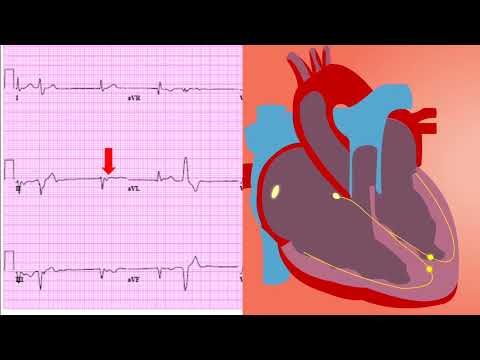🎬 Video Summary
This video provides a comprehensive overview of abnormal lung sounds commonly found in COPD (Chronic Obstructive Pulmonary Disease) patients. Learn to identify various respiratory sounds, understand their clinical significance in COPD, and improve your diagnostic skills. This guide is perfect for medical students, respiratory therapists, and healthcare professionals seeking to enhance their knowledge of COPD lung sounds.
🧠Teaching Pearls
- Understanding the different types of adventitious lung sounds, like wheezes and crackles, is crucial for accurate COPD diagnosis.
- Listen for the location and timing of lung sounds to differentiate between various respiratory conditions associated with COPD.
- Wheezing in COPD often indicates airway narrowing due to bronchospasm or inflammation.
- Crackles can suggest the presence of fluid in the lungs or airway collapse, both common in COPD exacerbations.
- Always correlate lung sound findings with the patient’s clinical presentation and medical history for a comprehensive assessment.
❓ Frequently Asked Questions
Q: What are the most common abnormal lung sounds in COPD?
A: The most common abnormal lung sounds in COPD include wheezes, crackles (rales), and diminished breath sounds.
Q: How do wheezes sound in COPD patients?
A: Wheezes in COPD patients are typically high-pitched, whistling sounds caused by narrowed airways. They can occur during inhalation or exhalation, but are more common during exhalation.
Q: What do crackles indicate in COPD?
A: Crackles (or rales) in COPD can indicate fluid in the lungs, airway collapse, or inflammation. They are typically heard during inhalation and sound like popping or crackling.
Q: Why are breath sounds sometimes diminished in COPD?
A: Diminished breath sounds in COPD can be due to hyperinflation of the lungs, reduced airflow, or areas of air trapping.
Q: Can COPD patients have normal lung sounds?
A: Yes, some COPD patients, especially in the early stages or during periods of stability, may have relatively normal lung sounds. However, abnormal sounds often emerge during exacerbations.
Q: How can I improve my ability to identify abnormal lung sounds in COPD?
A: Practice is key! Listen to recordings of different lung sounds, auscultate patients with COPD under supervision, and correlate your findings with imaging and other diagnostic tests.
🧠 Key Takeaways
- 💡 Recognize and differentiate between wheezes, crackles, and diminished breath sounds in COPD.
- 💡 Understand the underlying pathophysiology that causes these abnormal lung sounds.
- 💡 Correlate lung sound findings with patient history and clinical presentation for accurate diagnosis.
- 💡 Learn the importance of auscultation in monitoring COPD progression and treatment effectiveness.
- 💡 Use lung sound assessment as a tool to guide appropriate interventions in COPD management.
🔍 SEO Keywords
COPD lung sounds, abnormal respiratory sounds, wheezes in COPD, crackles in COPD, diminished breath sounds, auscultation in COPD, COPD diagnosis.
“`

